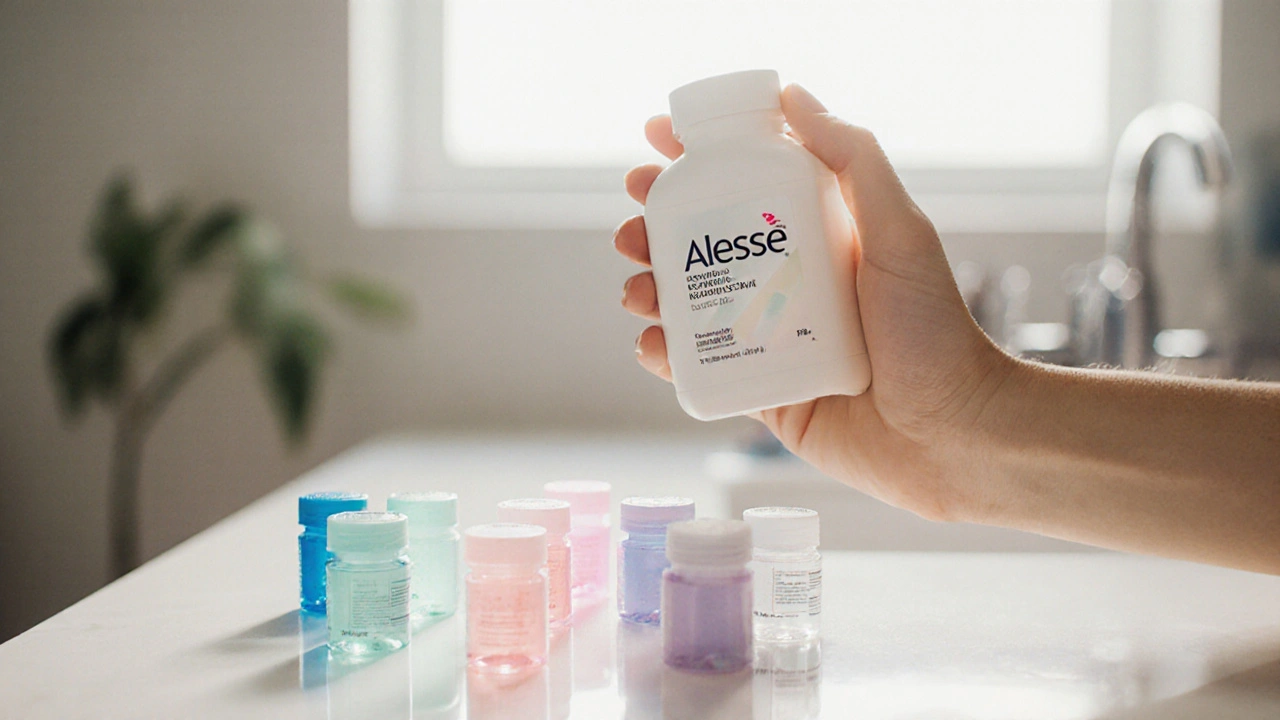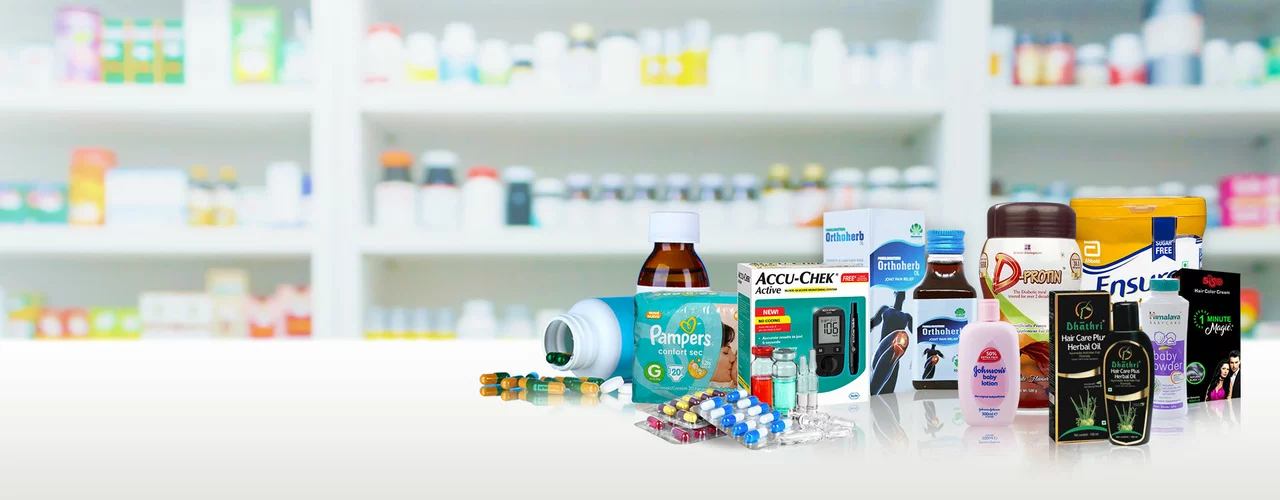Did you know the wrong soap or wipe can upset your vaginal pH and cause irritation? Small product choices and daily habits matter. This page gives clear, practical tips on picking personal care items and habits that protect both your gut and vaginal health.
Start by checking ingredient lists. Pick products labeled pH-balanced for the vagina (about 3.8–4.5). Avoid fragrances, dyes, and harsh detergents like sodium lauryl sulfate—these strip natural oils and can change flora. Look for simple ingredient lists: water, lactic acid (helps pH), glycerin if tolerated, and mild cleansers. If you have sensitive skin, skip products with alcohol, parabens, or essential oils around the genital area.
For intimate washes, less is more. Use a mild, fragrance-free wash only on outer folds. Never douche—douching removes protective bacteria and raises infection risk. For wipes, choose fragrance-free and alcohol-free options, or use plain water and soft toilet paper. With pads and liners, pick breathable cotton options and change them regularly to avoid moisture build-up.
Diet affects both gut and vaginal flora. Eat fiber-rich foods (beans, oats, vegetables) to feed healthy gut bacteria. Add fermented foods like plain yogurt, kefir, sauerkraut, or kimchi for live cultures. If you take probiotics, choose products with documented strains—Lactobacillus rhamnosus, Lactobacillus crispatus, or Bifidobacterium species are commonly studied for women’s health. Check the label for CFU count and strain names, and follow storage instructions.
Avoid unnecessary antibiotics when possible. Antibiotics can wipe out good bacteria and lead to yeast infections or bacterial imbalance. If you must take antibiotics, talk to your provider about taking a probiotic during and after treatment to help restore balance.
Clothing choices matter too. Wear breathable cotton underwear and avoid very tight pants for long periods. Keep the area dry—moisture invites growth of unwanted organisms. After swimming or workouts, change out of wet clothes promptly.
When it comes to menstrual products, choose what works for you—tampons, pads, menstrual cups. Clean and change them as recommended. Menstrual cups are reusable and low-irritant for many people, but clean them thoroughly between uses.
Watch for warning signs: unusual odor, itchiness, burning, thick white discharge, or pain during sex. If symptoms last more than a couple of days or come back quickly after treatment, see a healthcare provider. Tests can identify yeast, bacterial vaginosis, or STIs and get you the right treatment fast.
Small changes—simpler products, a fiber-rich diet, smart probiotic choices, and proper hygiene—go a long way. If you’re unsure which products suit you, ask your clinician or a pharmacist for safe, pH-balanced options that match your needs.

A concise guide comparing Alesse with other birth‑control pills, covering composition, efficacy, side effects, suitability, and how to choose the right option.
More
Choosing the right personal care products for intestinal and vaginal health is crucial for maintaining overall well-being. First, opt for natural and organic products to avoid harsh chemicals that can disrupt the body's natural balance. Second, research and understand the ingredients in the products you use, ensuring they promote healthy flora and pH levels. Third, consider any allergies or sensitivities you may have, and select products catering to your specific needs. Lastly, consult with a healthcare professional for personalized advice on the best products for your individual needs.
More